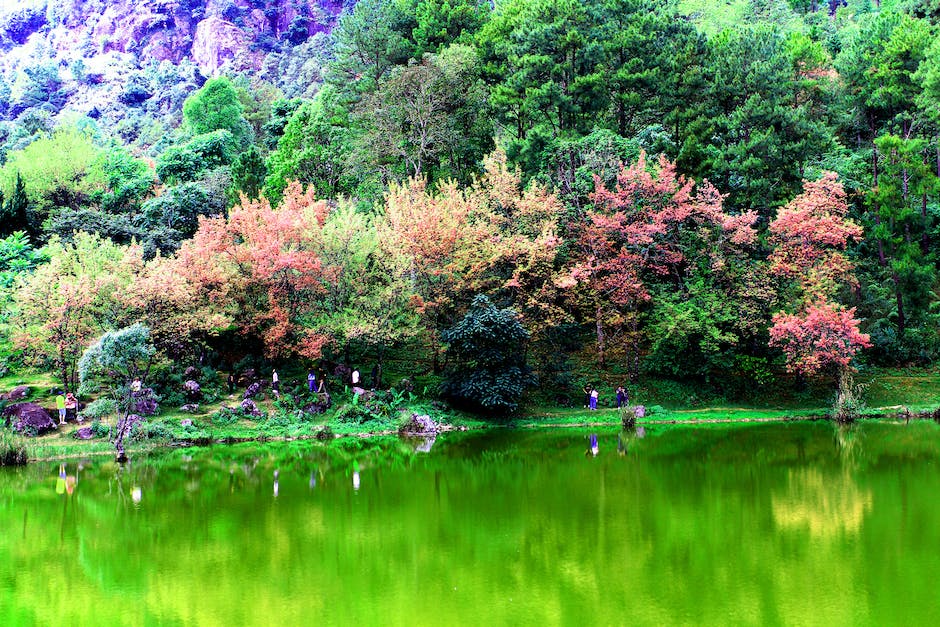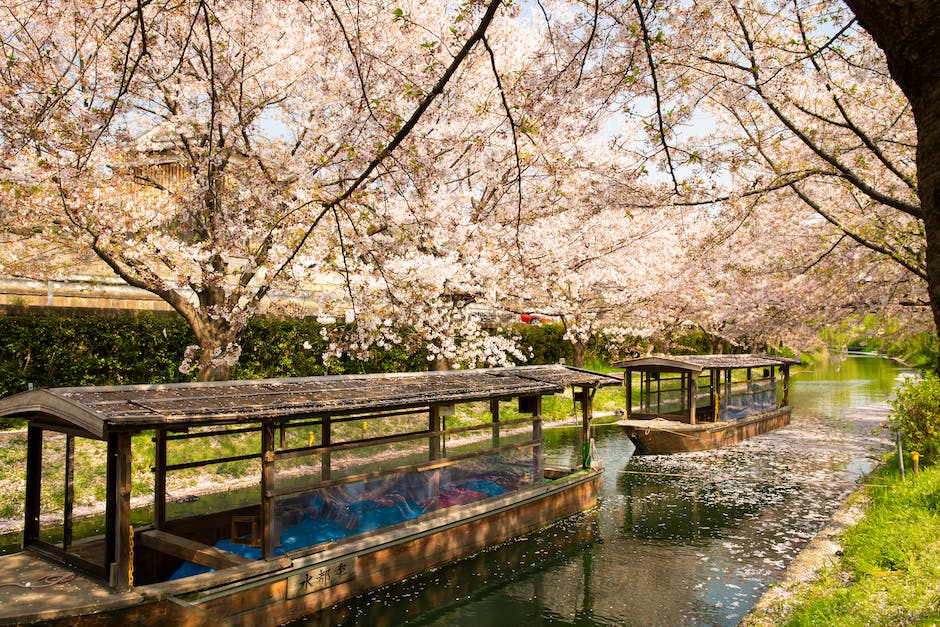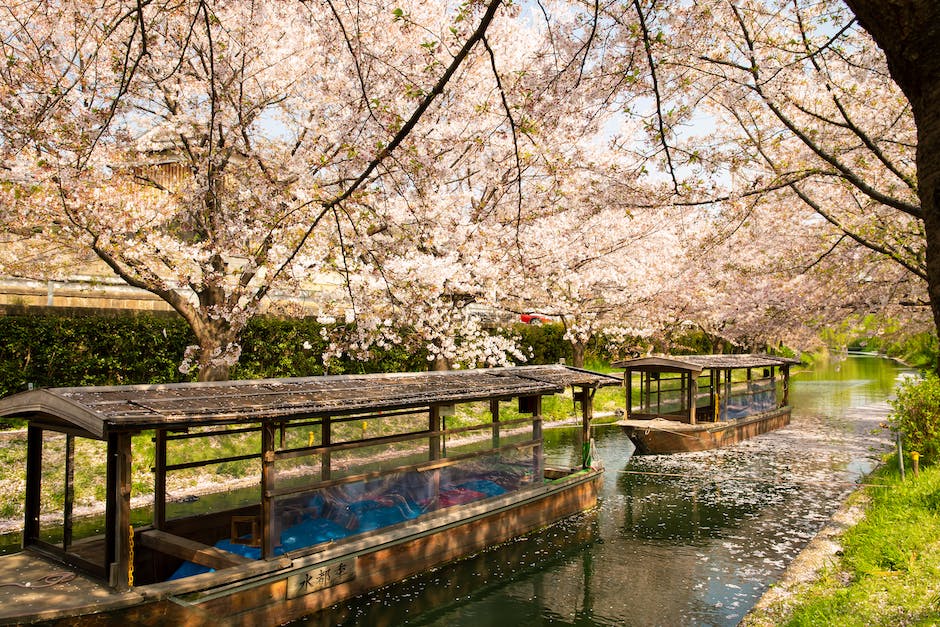Yes, Japanese maple trees can grow in Florida. They are a beautiful tree and can add color and interest to your landscape. They are a good choice for small gardens and yards. Japanese maple trees are not too fussy about soil and can tolerates both sun and shade. They can also be sensitive to frost, so choose a protected location if you live in an area with cold winters.
No, Japanese maple trees (Acer palmatum) cannot grow in Florida because they are not tolerate of the high heat and humidity that is present in the state. The preferred growing conditions for this type of tree are in a cool climate with moist, well-drained soil. Additionally, Japanese maple trees need to be protected from wind and direct sun.
What is the most heat tolerant Japanese maple?
Acer palmatum ‘Fireglow’ is one of the most heat-tolerant Japanese maples. It keeps its brilliant burgundy color even during periods of intense heat. As long as you provide shade during the hottest hours of the day, ‘Fireglow’ is resistant to scorching.
Japanese maples are fairly heat tolerant and can be grown in higher Zones than often listed. However, in hot, dry climates, the leaves will often scorch, therefore protection from the afternoon sun is important.
Do maple trees grow well in Florida
Maples are deciduous, meaning they lose their leaves in winter. However, before they drop their leaves, they provide a stunning burst of color. They are also cold hardy trees, which makes them well-suited for anywhere in South Florida. In fact, they actually prefer cooler areas. Additionally, the maple can handle “wet feet” – areas that stay moist after heavy rains.
Japanese maples are beautiful trees with their finely cut foliage, red to purple leaves, and spreading small-tree look that gardeners love. However, they will not grow well in Central Florida because the area does not receive enough cold weather.
Will Japanese maples survive in Florida?
The Japanese maple (Acer palmatum) is a popular tree that is often grown in northern parts of Florida. However, it is important to remember that this tree cannot be reliably grown throughout the state. Planting Japanese maple farther south can result in leaf scorch.
Japanese maples are beautiful, delicate trees that are popular in landscaping. However, they are not tolerant of direct sunlight and hot temperatures. If exposed to the hot summer sun, their leaves will sunburn and they may drop leaves prematurely. To prevent this, make sure to provide adequate shade for your Japanese maples, especially during the hot summer months.
How do I protect my Japanese maple from extreme heat?
Japanese maples are notoriously difficult to care for, but using Dyna-Gro Protect can help improve their heat tolerance. Mulching the area around the tree (3-4 inches away from the trunk) can also help insulate the soil and protect the roots from temperature extremes.
if you are growing maples, it is important to give them morning sun and afternoon shade. this will help them to grow successfully.
Are Japanese maples OK in full sun
If you have a Japanese maple and it is suffering from leaf scorch, it is important to try to improve the circumstances in which it is growing.Ideally, the tree should be placed in a spot with dappled shade so that it does not experience full sun for extended periods of time. Additionally, Japanese maples are prone to leaf scorch in hot and dry locations, so it is important to make sure that the tree is getting enough water. Scorched leaves will develop brown margins and often drop from the tree by mid to late summer. By taking these steps, you can help improve the health of your Japanese maple.
If you want your Bloodgood or Emperor One to thrive in a sunny location in North Florida, you need to give it the proper care. This includes watering it regularly, fertilizing it, and protecting it from pests and diseases.
How do you take care of a maple tree in Florida?
Red maple trees are known for their vibrant red leaves and prefer to grow in wet, acidic soil with high organic matter. However, they can also grow in other locations if they receive adequate irrigation. Gardeners in South Florida will need to irrigate, particularly in the dryer months of the year. As a swamp plant, red maple will grow in partial shade but prefers full sun.
Florida maple is a deciduous tree that can reach 50-60 feet in height, although it is most often seen at 20-30 feet. It has muted yellow or orange fall leaf color, making it suitable for use as a specimen, park, or street tree, or in woodland areas.
What are the best trees for Central Florida
The Central Florida Tree List includes several trees that are native to the area. Some of these trees, like the Acer buergerianum ‘Streetwise’, are known for their unique appearance. Others, like the Cornus foemina, are known for their ability to thrive in wet conditions.
Japanese maples are beautiful, delicate trees that can add a touch of elegance to any landscape. They are however, somewhat finicky and require special care to thrive. Most Japanese maples do best in zones 5 – 8, where the climate is cool but not freezing. They can be grown in warmer zones, but may suffer from leaf scorch and require ample regular summer irrigation and protection from hot afternoon sun. With a little extra care, however, these stunning trees can be a showpiece in any yard.
How fast does a maple tree grow in Florida?
The Weeping Alaskan Cedar (Chamaecyparis nootkatensis ‘Pendula’) is a beautiful, fast-growing tree that can add a lot of visual interest to your landscape. This tree grows at a medium to fast rate, with height increases of anywhere from 13″ to more than 24″ per year. It produces pendulous, weeping branches that are covered in soft, blue-green needles. The Weeping Alaskan Cedar is a relatively low-maintenance tree that is relatively disease and pest-resistant.
Japanese maples are a popular choice for Florida gardens, thanks to their heat tolerance and resistance to leaf scorch. Some recommended cultivars include ‘Golden Embers’ and ‘Seiryu’. ‘Golden Embers’ is a compact cultivar that was developed in Georgia, while ‘Seiryu’ is notable for its delicate, lacelike leaves.
Are Japanese maples hard to take care of
Japanese maple trees are one of the best additions you can make to your home garden. They’re easy to grow and care for, and they come in a wide variety of colors that will add interest and depth to your garden. Plus, they’re just plain beautiful! Whether you’re looking for a focal point, a splash of color, or simply a pretty addition to your outdoor space, a Japanese maple tree is a great choice.
Beni Kawa is a stunning Japanese maple with deep green foliage that transforms into beautiful gold and crimson in fall. It’s also one of the most cold hardy Japanese maples, so it can withstand colder temperatures. The scarlet bark is also stunning in winter when there’s snow on the ground. Beni Kawa grows to about 15 feet (5 m).
What kills Japanese maple trees
Japanese maples are susceptible to a soil-borne fungal disease called phytophthora if they are grown in poorly-drained soils. This disease can kill trees branch by branch, so it is important to provide good drainage for these trees.
If you live in an area with high temperatures, strong sunlight, and low humidity, it’s important to take extra care of your Japanese maples. These trees are very sensitive to these conditions and can easily become damaged. Make sure to provide them with plenty of shade and water, and avoid exposing them to direct sun or hot, dry conditions. With a little extra care, your Japanese maples will thrive in spite of the harsh conditions.
How often do you water Japanese maples
Watering:
Water every 2-3 days for the first month. After that, a good watering once a week should be sufficient, but monitor it often as windy days can dry out soil quickly. If the tree is fall planted, water once a week when no rain or snow cover is provided.
Mulching:
Always provide a layer of mulch around Japanese maple trees. This will help the tree retain moisture and protect the roots from extreme temperatures.
When planting a maple tree, the most important thing to keep in mind is its location. Make sure to plant the tree in an area where it will have enough room to grow and won’t be crowded by other trees or plants. Additionally, be sure to provide the tree with enough sunlight and water. With proper care, your maple tree will thrive and provide you with years of enjoyment.
What Japanese maple is best for full sun
If you’re looking for a Japanese maple that can tolerate full sun and still look good, then the ‘Shania’ variety is a great choice. She’s compact and slow-growing, so she’s perfect for smaller spaces. Just make sure to water her regularly and she’ll do just fine in the sun.
Over watering is a common cause of decline for Japanese Maples. If the leaves are turning brown/black at the tips, this is a sign of over watering. The best way to avoid this is to make sure the tree has well-drained soil and to water it only when the soil is dry.
Can you grow Japanese maple in Hawaii
The Dwarf Japanese Maple ‘Joji’ Tree is a popular tree in Hilo, Hawaii. It came to Hilo, Hawaii from Japan as a seedling. Hawaii’s climate is not very hospitable to most maple trees which often die after a year or two of being planted. However, the ‘Joji’ variety thrives and continues to grow here year after year.
The deciduous nature of the Japanese maple tree means that it is adapted for cold climates. Although the tree can grow in tropical locations, such as Hawaii, the growing environment is not ideal. The tree will experience some stress in these locations, but it is generally able to adapt and thrive.
How do you protect a Japanese maple from the sun
Shading cloth is a great way to protect your Japanese maple trees during the summer. The cloth will keep the trees cool and prevent them from getting sunburned. Make sure to choose a cloth that is breathable and lightweight so that the tree can get the air it needs.
This plant will reach 10-15 feet tall and wide over 10 years in the landscape. It will be around 8 feet by 5 feet in a container.
Final Words
Yes, it is possible for Japanese maple trees to grow in Florida. However, they may not thrive as well as they would in other parts of the country due to the hotter and more humid climate. Additionally, the tree may need to be protected from direct sunlight and strong winds.
It is possible for Japanese Maple Trees to grow in Florida, however they would not be able to survive in the hot, humid climate. The trees would need to be in an area that is well-shaded and has moist soil. Japanese Maple Trees are also susceptible to diseases, so they would need to be monitored closely.
Jackson Hill is a passionate arborist with years of experience in the field of trees. He developed his fascination with trees at a young age, spending countless hours exploring the forests and climbing trees. Jackson went on to study arboriculture and horticulture at Michigan State University and later earned a degree in forestry from the University of Michigan.
With his extensive knowledge and expertise, Jackson has become a trusted authority on trees and their impact on the environment. His work has helped shape the field of arboriculture and he continues to be a leading voice in the industry.
